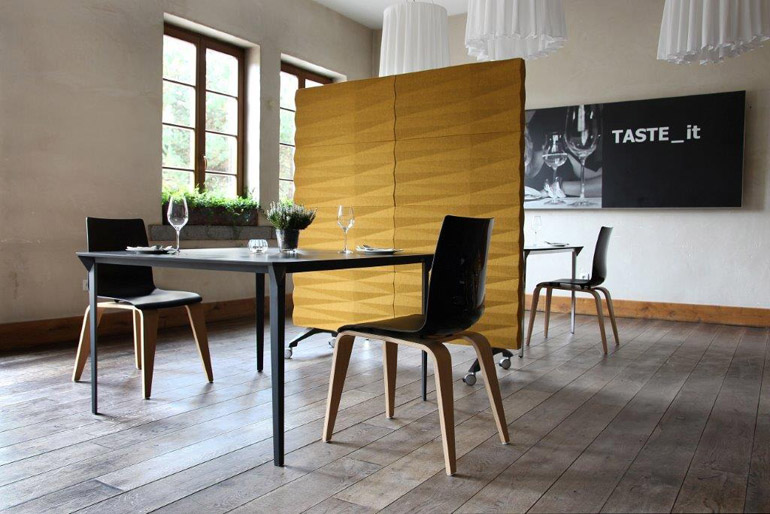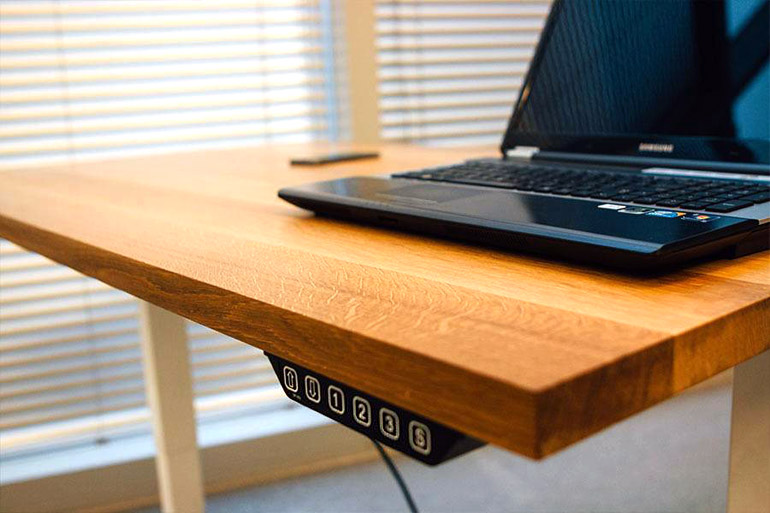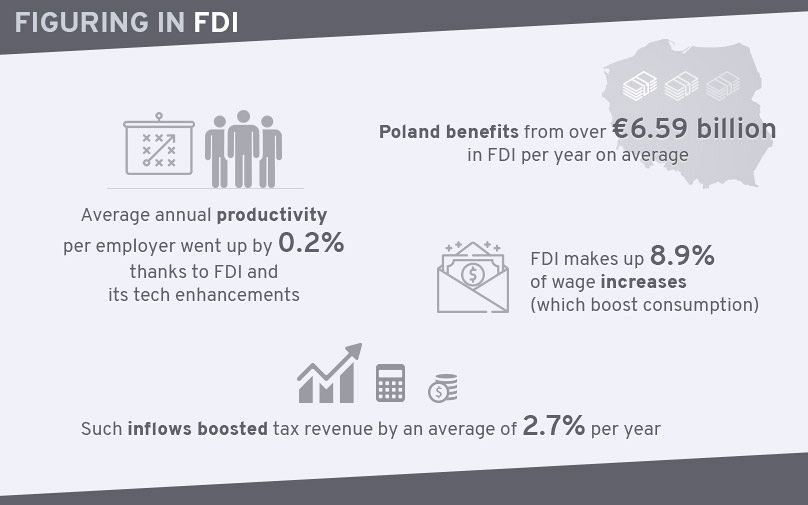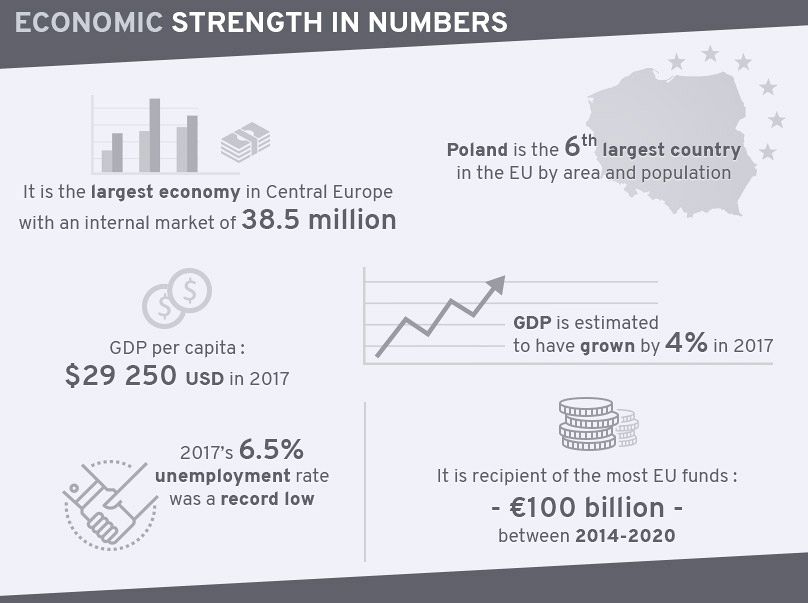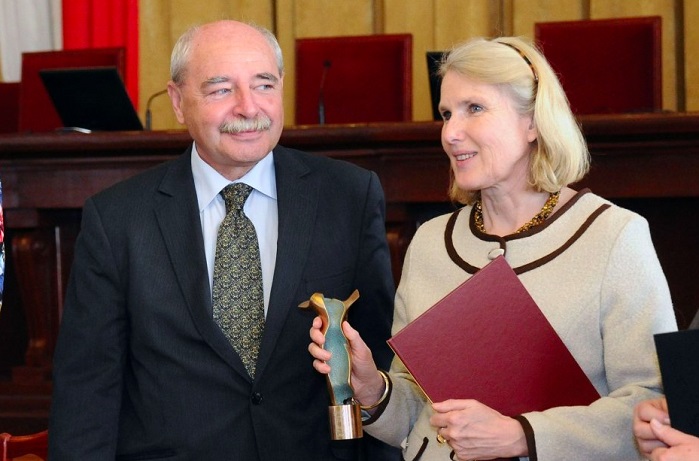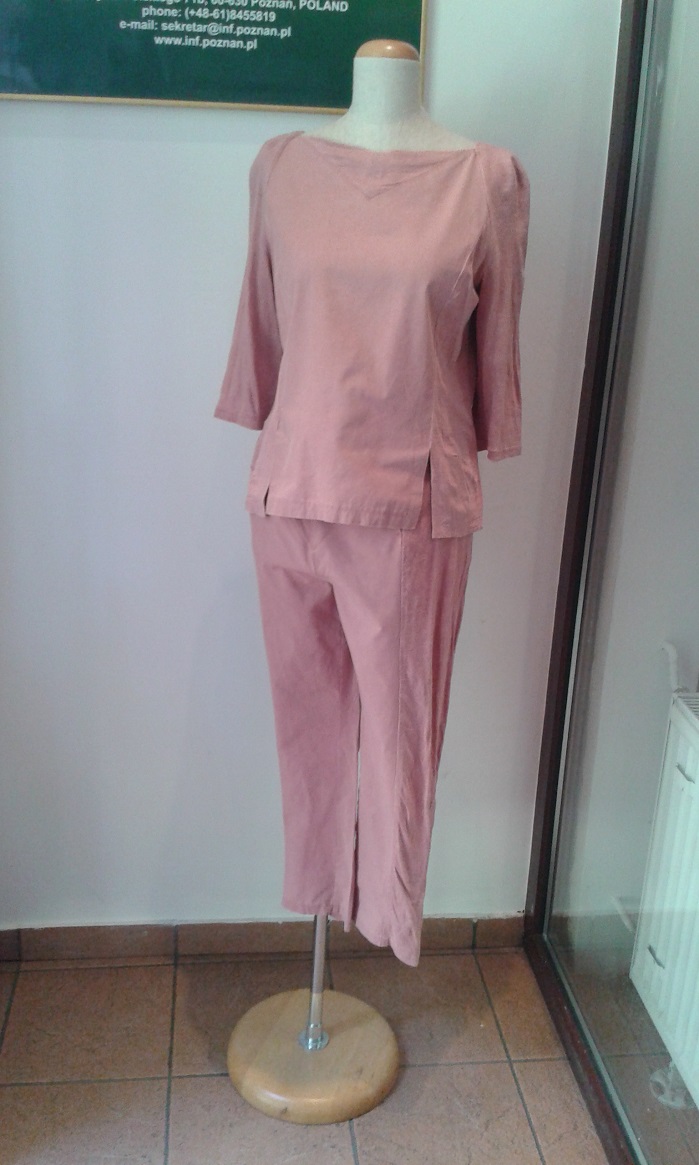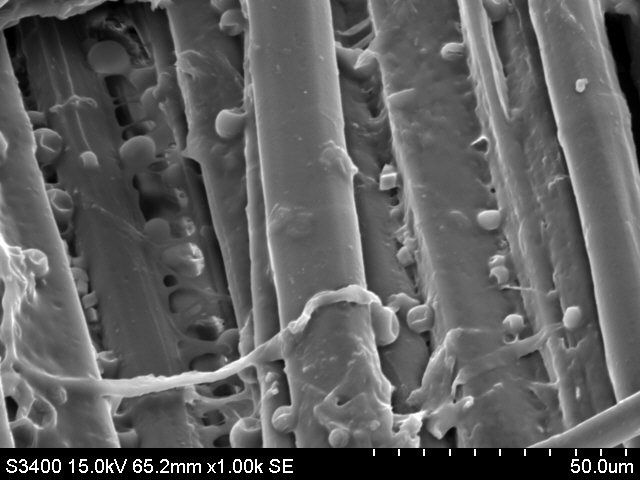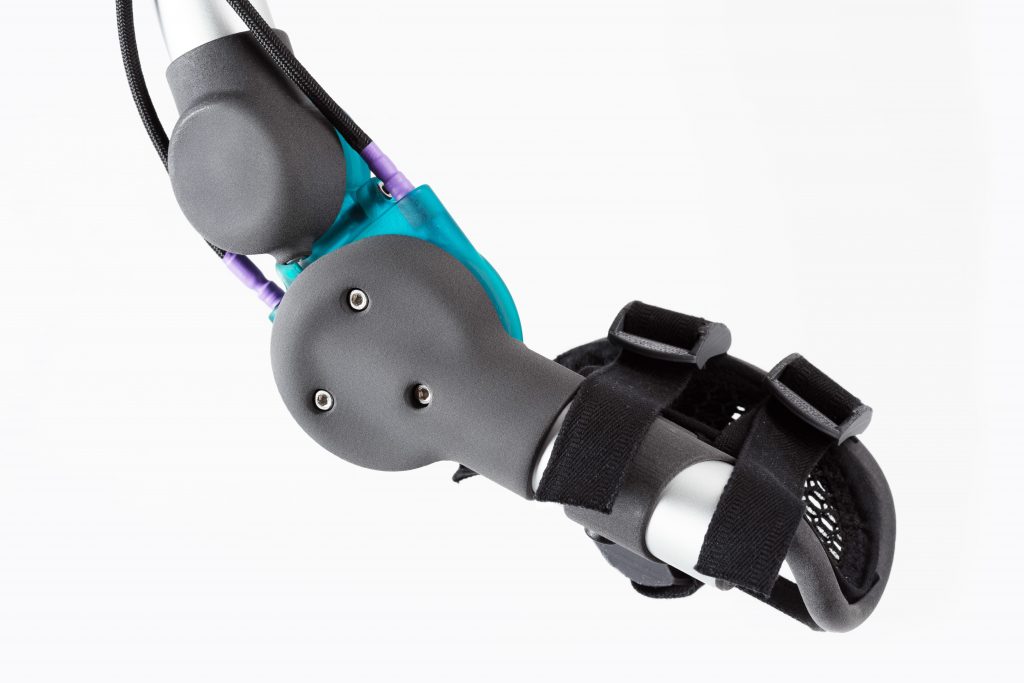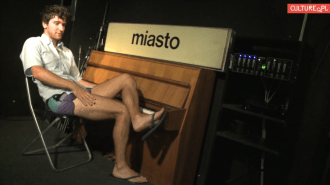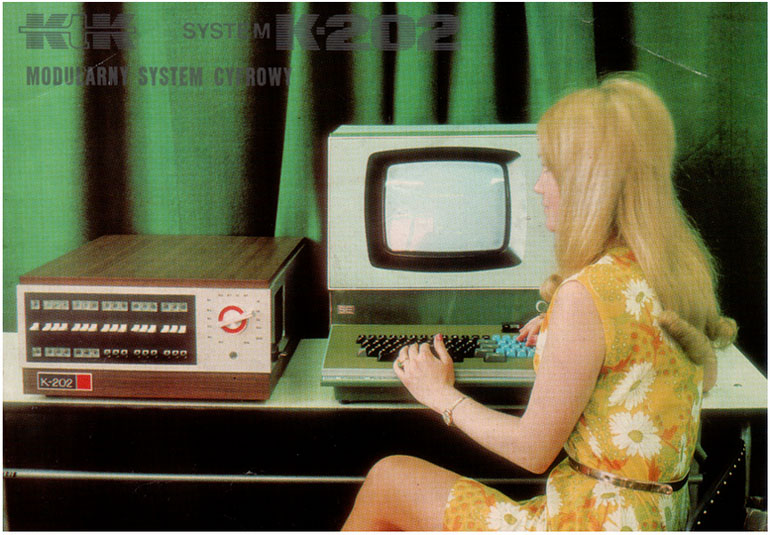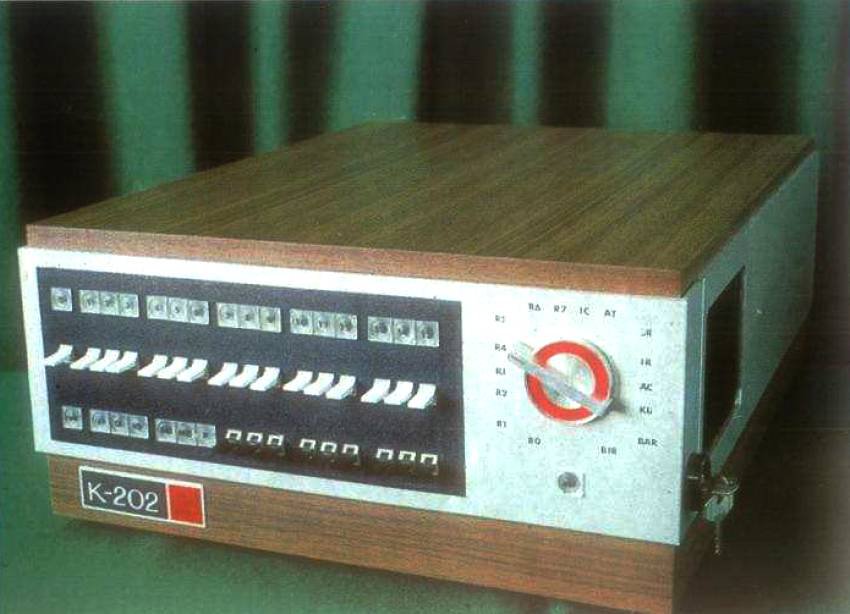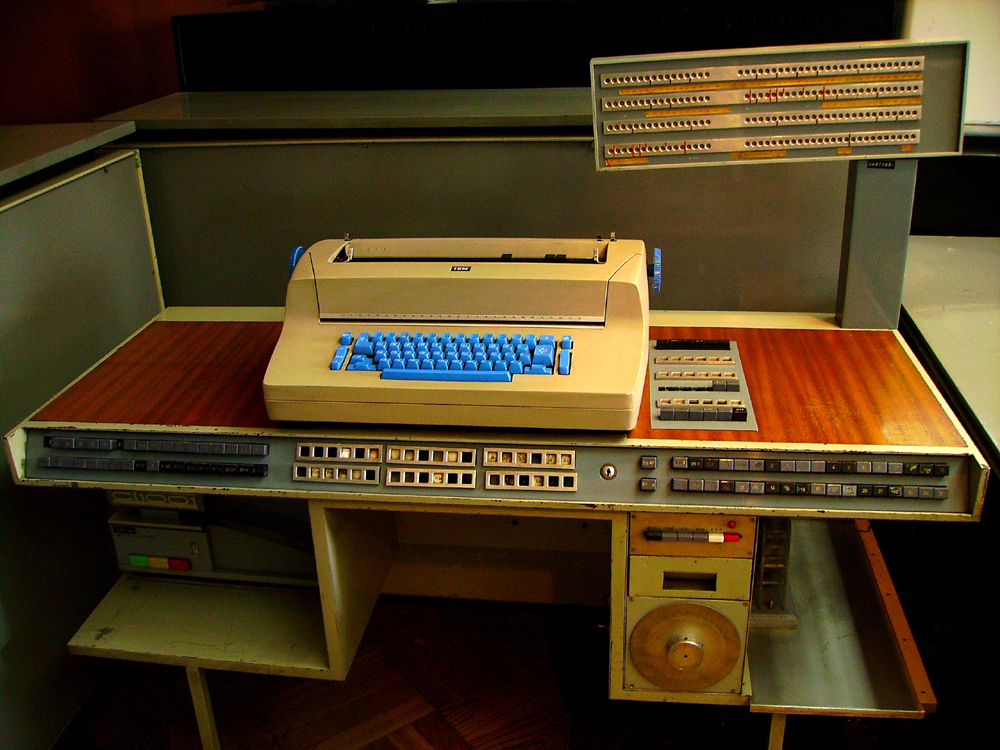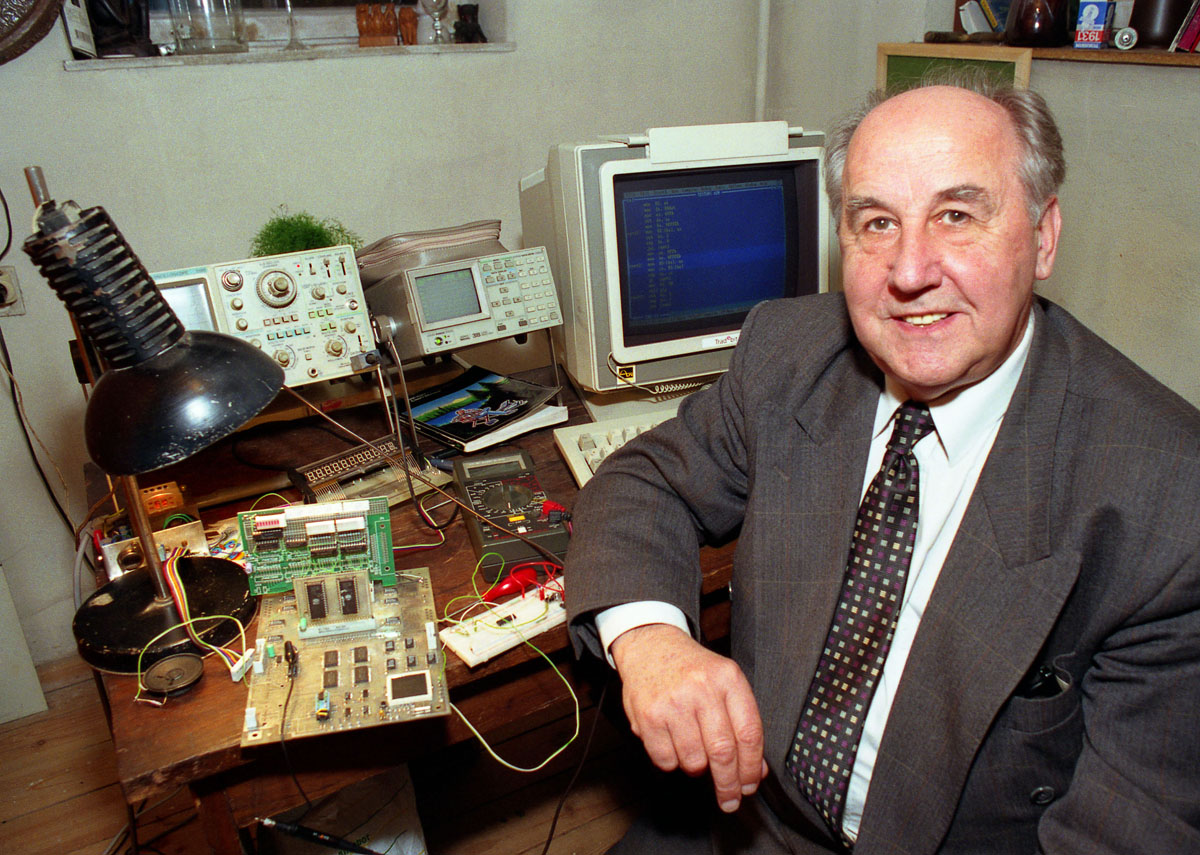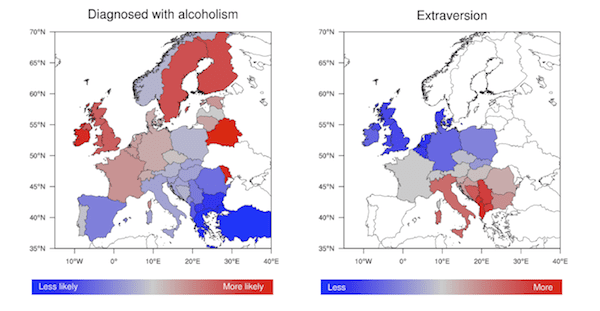SobieskiSavedEurope
Gold Member
- Thread starter
- Banned
- #441
Polish-built robot flies to Mars on NASA mission
05.05.2018 08:30
A hi-tech robotic device designed and built by a Polish company was on Saturday scheduled to be launched to Mars on board a NASA spacecraft.
 Image: ColiN00B/pixabay.com/CC0 Creative Commons
Image: ColiN00B/pixabay.com/CC0 Creative Commons
The device, described as a self-hammering mechanism, is a component of a heat probe that will examine the thermal properties of the Red Planet.
The main goal of the US space agency’s InSight mission — launching on Saturday from Vandenberg Air Force Base in central California — is to give scientists a better understanding of the structure and geological activity of Mars.
The InSight lander is scheduled to touch down on the Red Planet on November 26 after a journey of 485 million kilometres. It is expected to remain active there for two years.
The self-hammering instrument has been developed by innovative Warsaw company Astronika, which was founded in 2013 by a group of Polish engineers specialising in precision mechanics and space technology.
(gs/pk)
Source: PAP, astronika.pl
tags: Mars, NASA
Polish-built robot flies to Mars on NASA mission
05.05.2018 08:30
A hi-tech robotic device designed and built by a Polish company was on Saturday scheduled to be launched to Mars on board a NASA spacecraft.
The device, described as a self-hammering mechanism, is a component of a heat probe that will examine the thermal properties of the Red Planet.
The main goal of the US space agency’s InSight mission — launching on Saturday from Vandenberg Air Force Base in central California — is to give scientists a better understanding of the structure and geological activity of Mars.
The InSight lander is scheduled to touch down on the Red Planet on November 26 after a journey of 485 million kilometres. It is expected to remain active there for two years.
The self-hammering instrument has been developed by innovative Warsaw company Astronika, which was founded in 2013 by a group of Polish engineers specialising in precision mechanics and space technology.
(gs/pk)
Source: PAP, astronika.pl
tags: Mars, NASA
Polish-built robot flies to Mars on NASA mission






